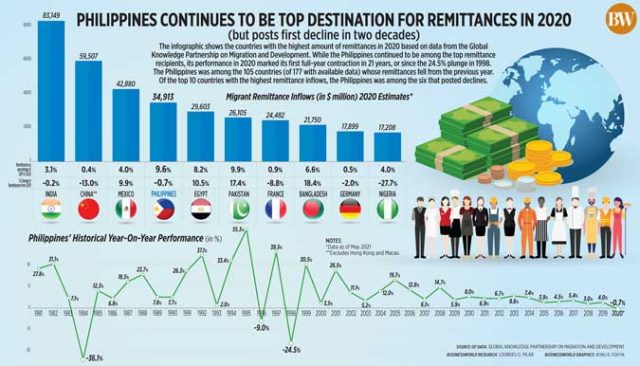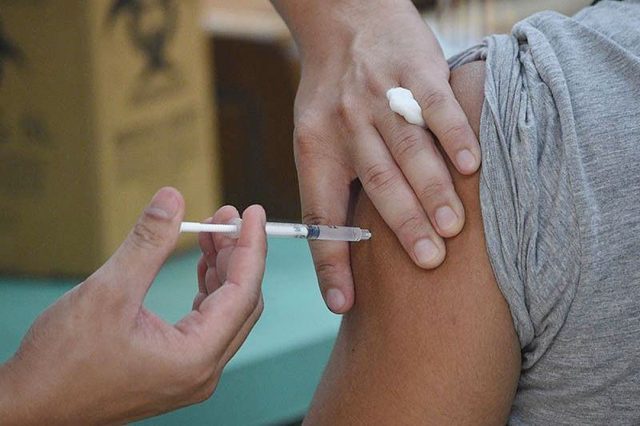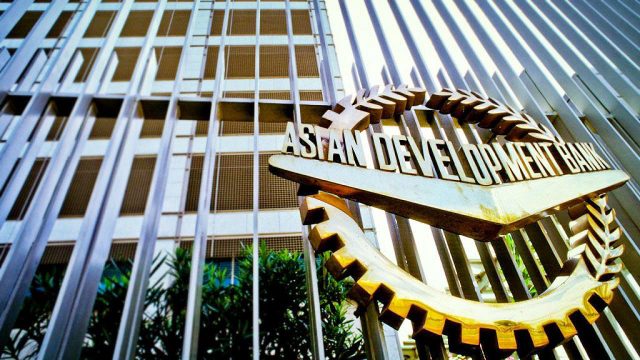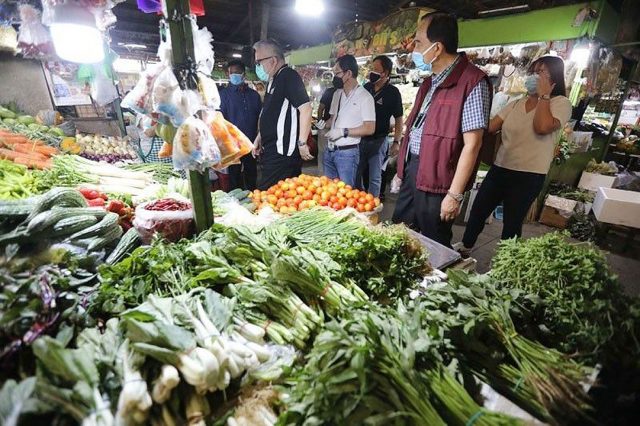Customer data is key to business growth – Ogilvy executives
By Arjay L. Balinbin, Senior Reporter
DEEPER understanding of customer behavior, purposive use of customer data, and creative technology solutions are the keys to growing businesses today, experts said.
“Everyone’s starting to go into digital now with apps, sites, tech, chat bots, e-commerce, but the bigger challenge is how to stand out, be noticed, and really matter to customers. The starting point should not be the technology itself, but customers,” Ogilvy Philippines Head of Consulting Manny P. Gonzales told BusinessWorld in a recent online interview.
Ogilvy is an integrated creative agency with capabilities in brand strategy, advertising, customer engagement and commerce, public relations and influence, digital transformation, and partnerships.
He said growth-seeking companies should start with knowing their customers in the new normal, then look into technology and digital implications later on.
Mr. Gonzales outlined three transformational imperatives for growth: transforming how companies get to know their customers, which means having a deeper understanding of their journeys; transforming how they use data, which means it should be purposive; and transforming how they implement technology, which requires creativity and innovation.
Ogilvy Philippines Head of Technology Solutions Francis M. Dy said that what the businesses are seeing “is a shift where customer experience takes over the price and product improvements as a key differentiator.”
“What that means is it’s no longer about price and product improvements. It’s now also about customer experience,” he said. “Your growth is actually going to be tied up to understanding customer sentiment feedback and using that data to actually improve customer experience.”
Having a “deep” understanding of customers, Mr. Dy said, entails recognizing how “customer behavior has evolved” in terms of choosing or purchasing brands, the new pain points and delight points that have emerged, and their business implications.
“Collect data not just for the sake of collecting, but to understand actions, behaviors, and the real human stories behind numbers. After which, go beyond reporting. Use data to power growth and better experiences for the brand,” he said.
Mr. Dy pointed out that the shift to a cookie-less future is a challenge for digital marketing today. “Less cookies means less precise targeting of your audience, and your campaigns now will be more expensive.”
“Personal and transactional data alone are insufficient. The brands need to expand their data foundations to collect more contextual and behavioral data to drive an increase in customer share of moments,” he said.
Companies can “collect and make use of consumer data in all the activation programs that they have in a manner that will help them,” Mr. Dy added.
On technology as a growth driver, he said: “What affects your growth is actually the customer experience, and this is where the creative tech comes in, by adding value through exceptional experiences.”
“Creative tech is basically the intersection of creativity, technology and innovation. We try to get a whole omnichannel experience for our clients. The things that we actually have right now within our network are artificial intelligence or AI, virtual and augmented reality, cognitive AI, Zero UI (zero user interface), voice user interfaces, wearables, and robotics,” he added.




















